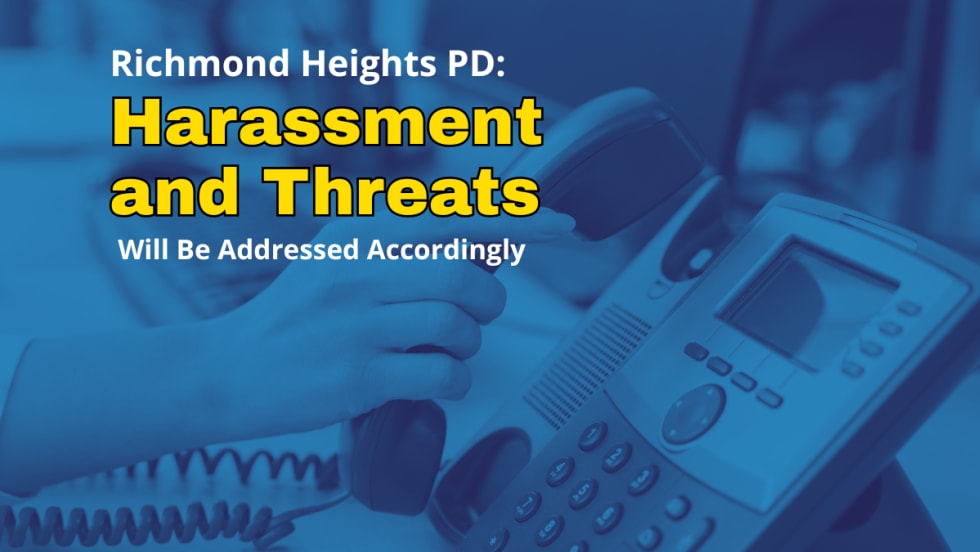Bags
Not unsurprisingly, almost all survey respondents (95%) use at least one bag to carry everyday gear for duty. Nearly 40% own two bags for work, while almost a quarter use three. Most respondents spent between $25 and $75 on the bag they use most on duty.
Patrol bags and backpacks were the most popular types, used by 72% and 49% of respondents, respectively. Range bags, sling packs, and duffel bags were also popular answers. Multiple styles allow LEOs to choose the right size, shape, and even look to meet their needs. And when officers carry multiple bags for different uses, being able to easily distinguish one dedicated pack from another based on appearance alone can be helpful.
Almost half of respondents use a bag for range training and 20% use a bag for other types of training. A full third use bags for other designated purposes, including those suited to specific calls or details such as active shooter response, riot control, SWAT, search and rescue, and CBRNE. One officer has separate dedicated bags for medical, ERT, and forensics applications.
In addition to tools like prybars and screwdrivers, many officers said they carry practical, though not tactical, items in their bags such as baby wipes, snacks, medicine, toys for kids, air freshener, and a mirrored compact an officer permanently borrowed from his wife. “Wife still has not missed it,” he quips. Several officers mentioned carrying feminine hygiene products to absorb blood from injuries, including tampons for puncture wounds. Answers more off the beaten path included cake icing, an old flashlight without any batteries, antique claw cuffs, “bald head lotion,” and a fake hand and foot.













